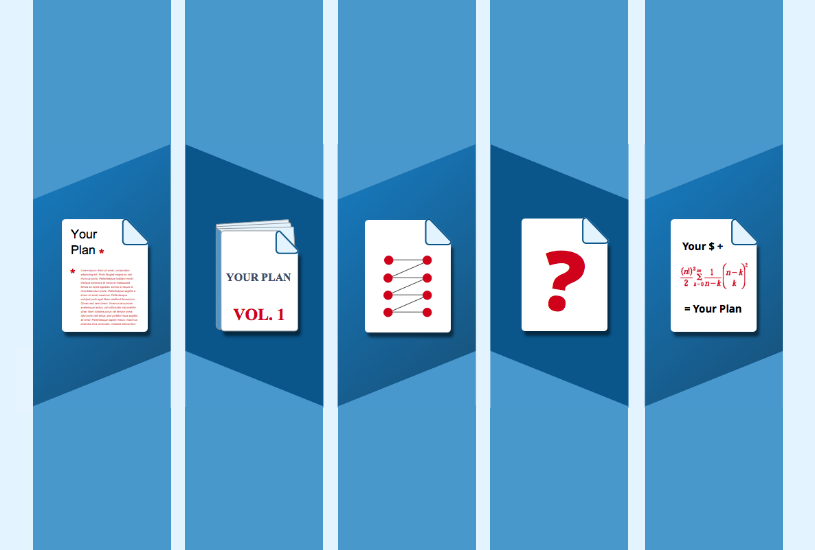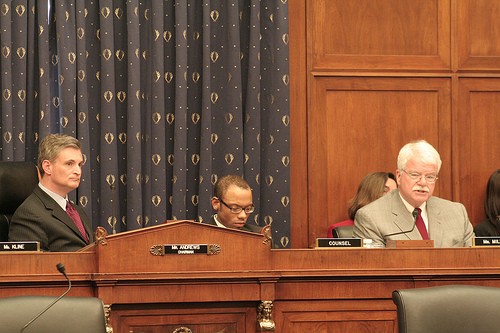How to Spot Hidden 401(k) Fees
Post on: 16 Август, 2015 No Comment

As retirement in America continues to shift away from pension plans, contributions to 401(k)s are growing and becoming a key factor in funding nest eggs.
The Investment Company Institute reports that Americans have more than $3.5 trillion in 401(k) accounts, up from $1.6 trillion in 2002. As more consumers take advantage of these accounts, the industry continues to evolve. Just last year, the Department of Labor implemented new fee disclosure rules to help employers and 401(k) participants better identify the costs associated with these accounts.
Still, according to LIMRA. 22% of plan participants have no idea they’re pay 401(k) fees. Some households even find themselves paying more than $100,000 in fees over a lifetime. Aside from reading the fine print, there are some easy ways to discover how much your 401(k) is costing you. 
Know Your Numbers
Every mutual fund has an expense ratio, which tells investors how much it costs to operate the fund. This information can be found on the fund’s prospectus or by viewing individual fund reports at Morningstar.com . 
“A good rule of thumb is to look for an expense ratio of 1% on a U.S. stock fund, 1.25% on an international stock fund, and 0.5% on a bond fund,” says Eric Tyson, author of Personal Finance for Dummies. “401(k) funds that have sales commissions aren’t as common as they used to be, and companies today do their due diligence to find low-cost, high-value investment options.”
Ask Your Human Resources Department
Many companies have internal resources to help employees better understand their investment options and help translate the fine print. While the Labor Department mandated more transparent fee disclosures, participants need to be proactive on becoming better informed about their plans.
“Fee disclosures certainly bring more attention to the importance of managing a 401(k),” says  Scott Holsopple, director of Retirement Solutions at the Mutual Fund Store. “If you can reduce fees, it’s extra money in your account. But it’s also very important to focus on maximizing your 401(k), from getting advice through your employer or a financial advisor and increasing your contributions.”
Go Online
There are many free resources online that help people to discover how much they are paying in 401(k) fees and how these fees can affect their savings.

Aside from doing individual research within a fund prospectus some sites like Morningstar and BrightScope help compare plans and rates between companies.
Employers have free resources as well.  “Small business owners now have the ability to Google ‘401(k) plans’ and find resources for a plan quote,” says Holsopple. “Quotes cost nothing, so there’s no harm in getting three different proposals and making the best choice for your employees.”
Find the Best Tax Benefits
It’s important to note that while there are administrative and investment fees associated with 401(k)s, they also offer major tax advantages. When workers contribute a portion of their earnings to their 401(k) through their employer, they are exempt from federal income taxes on that amount. This includes any interest earned and an employer match, if one is offered.
“You’re still going to be better off taking fees and investing in your 401(k),” says Tyson. “Don’t just opt out of investing in a 401(k) to avoid fees.”
+ Follow Fox Business on Facebook














